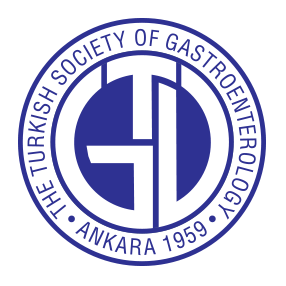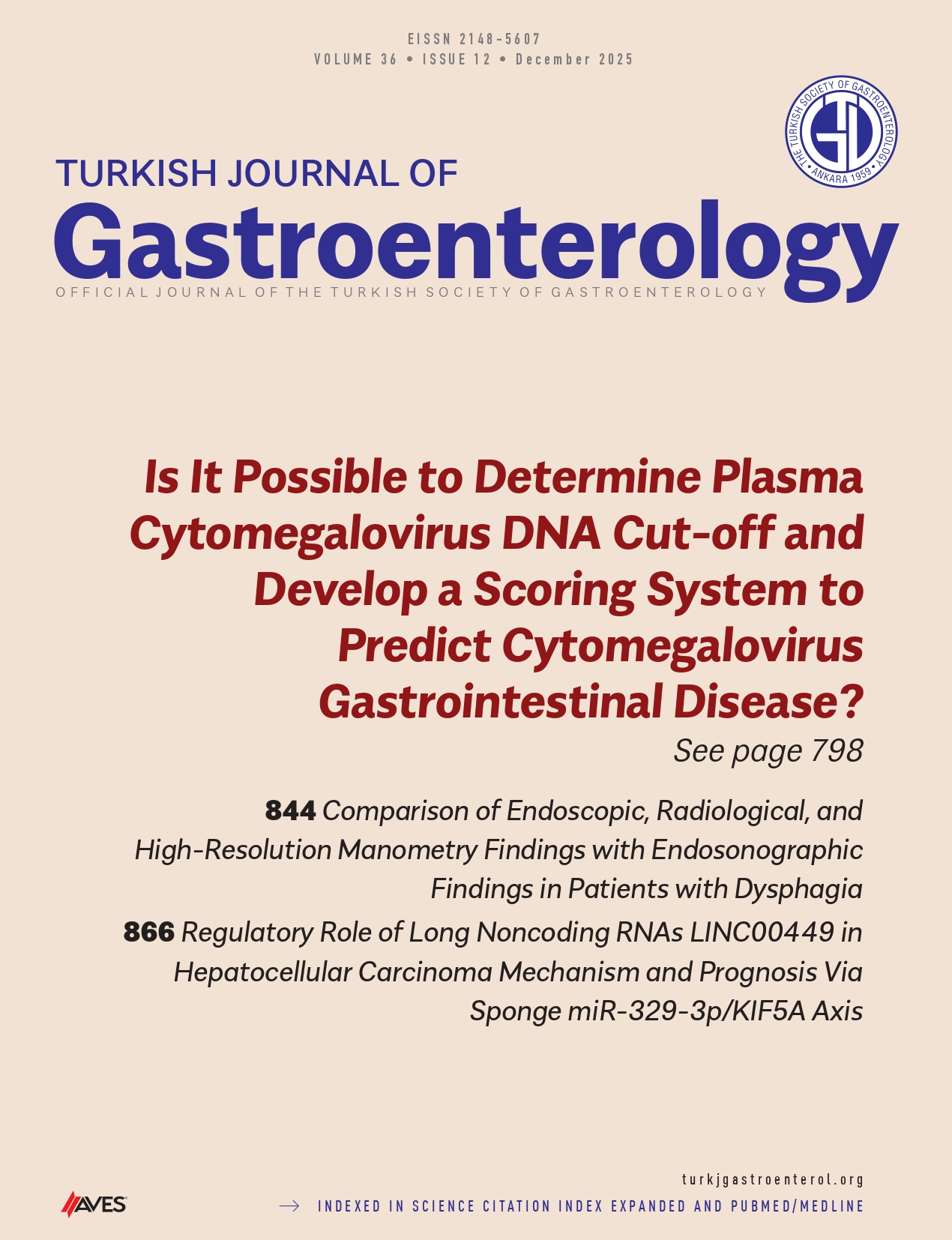Background/Aims: miR-3180-3p has been linked to hepatocellular carcinoma progression, but its role and molecular mechanisms in metabolic dysfunction-associated steatotic liver disease (MASLD) are still unclear. The objective is to explore whether miR-3180-3p serves as a diagnostic biomarker for MASLD and elucidate its function in mediating hepatic inflammatory and oxidative stress responses.
Materials and Methods: This cross-sectional study included 117 patients with MASLD and 100 healthy controls. Serum and cellular RNA were extracted for real-time polymerase chain reaction analysis. In vitro experiments utilized HepG2 cells treated with free fatty acids (FFAs) to mimic MASLD-related stress conditions, evaluating miR-3180-3p expression levels and its effects on oxidative stress mark ers (malondialdehyde, superoxide dismutase) and inflammatory cytokines (tumor necrosis factor-α, interleukin-6 (IL-6), IL-1β). Target genes of miR-3180-3p were identified using bioinformatics and dual-luciferase assays.
Results: Serum miR-3180-3p levels were significantly higher in MASLD patients than controls, showing strong diagnostic value and potential as a biomarker. Multivariate analysis identified it, along with C-reactive protein (CRP) and high-density lipoprotein (HDL) cholesterol, as an independent risk factor for MASLD. Its expression positively correlated with triglycerides, low-density lipoprotein cholesterol, white blood cell count, CRP, Fibrosis-4, and oxidative stress markers (OA, PA), but negatively with HDL cholesterol. In FFA-treated cells, higher miR-3180-3p was linked to increased oxidative stress and inflammation. SKI, a direct target of miR-3180-3p, when silenced, reversed the protective effects of miR-3180-3p inhibition against FFA-induced cellular damage.
Conclusion: miR-3180-3p is a promising diagnostic biomarker for MASLD and contributes to disease progression by enhancing hepatic inflammation and oxidative stress via targeting SKI.
Cite this article as: Song K, Qi P. The diagnostic potential and regulatory mechanisms of miR-3180-3p in metabolic dysfunction associated fatty liver disease with respect to inflammation and oxidative stress. Turk J Gastroenterol. Published online November 21, 2025. doi:10.5152/tjg.2025.25346.




.png)
.png)